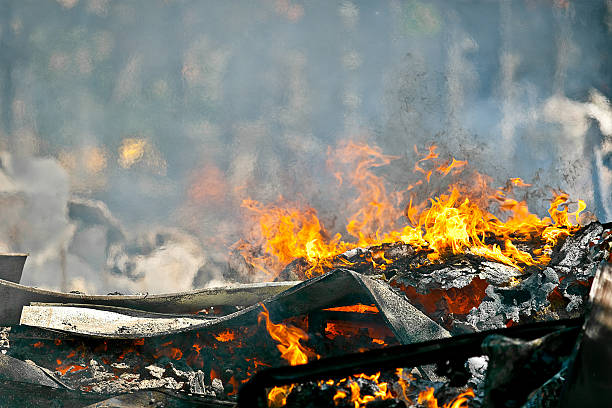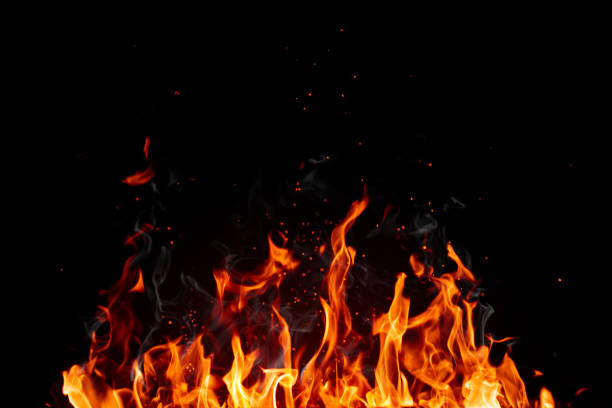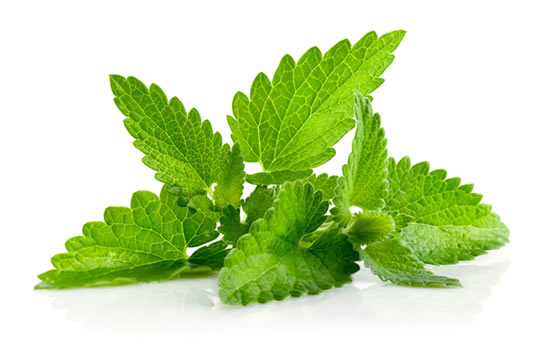If you’ve ever experienced a burn injury, you will know that burns are one of the most traumatic things that can happen to a person. Beyond causing cosmetic damage, major burns can easily result in shock, hypothermia, sepsis and death.

The first aid received after a burns incident plays a huge role in a person’s outcome. Chemicals, radiation, steam, and definitely, fires, can result in burns. In this article, we will focus on some first-aid tips for fire burns.
Do you know what to do in case of a fire accident? Keep reading to learn more, it could save a life.
First aid for fire burns
Remove the fire
The first step to help someone experiencing a fire burn is to separate the victim or yourself from the fire.
You could use a fire extinguisher or quench the fire with water. You could also try placing a thick blanket over the burning person. Using a thick blanket will cut off the oxygen supply to the fuel and stop the fire.
Remember to call for help and stay as safe as possible while helping out.
Stop the burning process
The fact that a fire has been stopped does not mean that the burn is over.
The intense heat can continue to spread into the body and burn deeper structures. To halt this process, place the victim under room temperature to cool (not cold) running water for 10-20 minutes. Let the water flow gently, as a forceful current may further injure the skin.

Remove restrictive clothing and jewelry
The inflammation from burns can rapidly result in tissue swelling which can cause suffocation and compartment syndrome
So even before the swelling begins, remove any necklace, belts and other tight-fitting clothing from the burn victim.
It is however important to avoid tampering with clothing that is stuck to the burnt area. Attempting to peel off adherent garment will only cause further damage to the affected skin and deeper structures.
Check for airway injury
Dealing with a fire situation can be quite overwhelming. But you must remain observant. Observe the burn victim for signs of airway injury, as this can result in immediate death.
Signs of airway burns include coughing; the presence of soothe in mouth and nose; spitting out black substances; noticing burnt stands of hair in the nostrils; voice changes; and difficulty breathing.
In severe cases, there may be a lack of respiratory effort. If you notice this, begin CPR if you can, while you arrange transport to the nearest hospital.
Cover up
Hypothermia is one of the most common immediate complications of burns. The loss of the protective skin barrier and possible exposure to water can easily result in dangerously low body temperature.
Make sure to cover the burns victim up to avoid potentially fatal hypothermia.
Seek professional help

Major burns cannot be safely treated at home. It is important to take the victim to the nearest hospital or burns center if available.
A trained eye can recognize severe burns and all the impending threats to life that you may not notice.
A word from Healthfacts
Accidents happen sometimes, and knowing the right thing to do is important for survival and good outcomes. Follow the steps above in the case of fire burns.
Remember to share this article for others to see.
Read Also: This is the right way to respond to a Cardiac Arrest










naturally like your web site however you need to take a look at the spelling on several of your posts. A number of them are rife with spelling problems and I find it very bothersome to tell the truth on the other hand I will surely come again again.
I want to express my deepest gratitude to the site owner for publishing this excellent piece of writing on their site.
Very interesting points you have noted, thanks for posting.
Thank you for every other informative blog. Where else could I am getting that type of information written in such an ideal way? I’ve a project that I am simply now running on, and I’ve been at the glance out for such info.
This really answered my problem, thank you!
Great – I should definitely pronounce, impressed with your site. I had no trouble navigating through all the tabs as well as related information ended up being truly simple to do to access. I recently found what I hoped for before you know it in the least. Quite unusual. Is likely to appreciate it for those who add forums or something, website theme . a tones way for your customer to communicate. Excellent task..
Perfectly pent written content, Really enjoyed reading.
Way cool, some valid points! I appreciate you making this article available, the rest of the site is also high quality. Have a fun.
Glad to be one of the visitants on this awful internet site : D.
Its superb as your other blog posts : D, appreciate it for putting up. “The present is the necessary product of all the past, the necessary cause of all the future.” by Robert Green Ingersoll.
I do agree with all the ideas you’ve presented in your post. They’re really convincing and will certainly work. Still, the posts are very short for novices. Could you please extend them a bit from next time? Thanks for the post.
Its superb as your other posts : D, appreciate it for putting up. “To be at peace with ourselves we need to know ourselves.” by Caitlin Matthews.